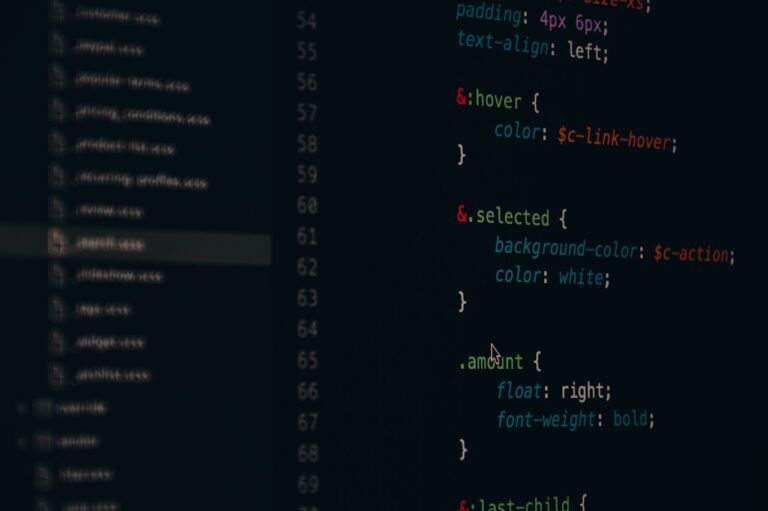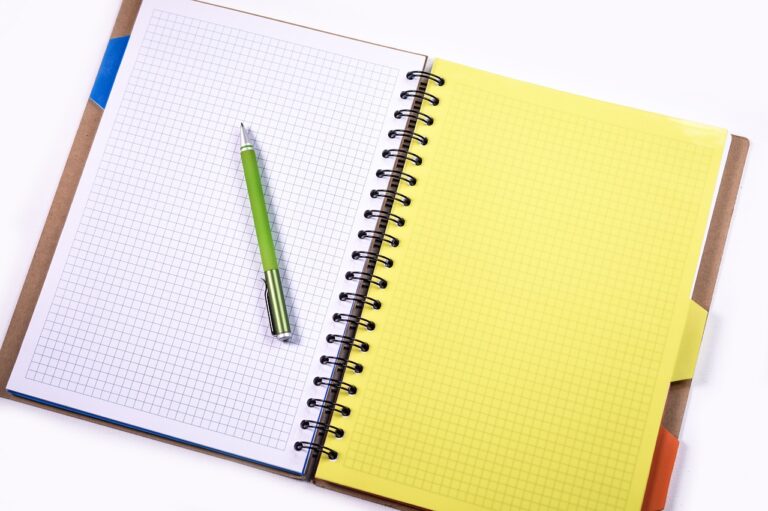Universal Design for Learning (UDL): Creating Inclusive Learning Environments
Inclusive design is a concept that goes beyond mere accessibility. It is about creating environments, products, and services that can be accessed and used by as many people as possible without the need for adaptation or specialized design. This approach considers diversity as a fundamental aspect of design, recognizing that no two individuals are the same and that everyone has different needs and preferences.
Inclusive design aims to remove barriers that could prevent certain groups of people from fully participating in society. By incorporating principles such as flexibility, simplicity, and clarity, designers can create spaces that are welcoming and accommodating to individuals with a wide range of abilities, backgrounds, and experiences. In essence, inclusive design seeks to promote equality, diversity, and inclusivity in all aspects of life.
The Importance of Accessibility in Education
Accessibility in education is a fundamental aspect that ensures every student has the opportunity to learn and succeed. By providing accessible materials and resources, educational institutions create an inclusive environment that caters to the needs of diverse learners. This commitment to accessibility not only benefits students with disabilities but also promotes equity and diversity in the learning process.
Incorporating accessibility features in educational settings not only enhances the overall learning experience but also fosters a more inclusive and supportive community. Students who have access to accessible learning materials are better equipped to engage with the curriculum, participate actively in class discussions, and showcase their full potential. By prioritizing accessibility in education, institutions can create a more welcoming and empowering environment for all students, regardless of their individual needs or abilities.
Differentiated Instruction Techniques for Diverse Learners
In catering to the needs of diverse learners, incorporating differentiated instruction techniques plays a pivotal role in fostering an inclusive educational environment. Tailoring teaching methods to accommodate varying learning styles, preferences, and abilities ensures that every student has the opportunity to thrive academically. By recognizing and embracing the individual differences among learners, educators can proactively address the diverse needs within their classrooms.
One effective technique for differentiated instruction is the implementation of tiered assignments. By providing tasks at different levels of complexity or depth, students are encouraged to engage with the material at a level that is most suitable for their learning capabilities. This approach allows for personalized learning experiences, enabling each student to progress at a pace that is challenging yet attainable. Additionally, tiered assignments promote a sense of inclusivity by recognizing and valuing the diverse strengths and learning styles present in the classroom.
What is differentiated instruction?
Differentiated instruction is an approach to teaching that involves adjusting the content, process, and products of instruction to meet the diverse needs of all learners in the classroom.
Why is inclusive design important in education?
Inclusive design ensures that all students, regardless of their abilities or backgrounds, have equal access to learning opportunities. It promotes diversity and equity in the classroom.
How can teachers create inclusive learning environments?
Teachers can create inclusive learning environments by utilizing a variety of instructional strategies, providing multiple means of representation, engagement, and expression to accommodate diverse learners.
What are some examples of differentiated instruction techniques?
Differentiated instruction techniques include flexible grouping, tiered assignments, choice boards, and scaffolding. These techniques help teachers cater to the individual needs of each student.
How can teachers ensure accessibility in their lessons?
Teachers can ensure accessibility in their lessons by providing materials in multiple formats, using technology to support learning, and offering accommodations and modifications as needed for students with disabilities.







